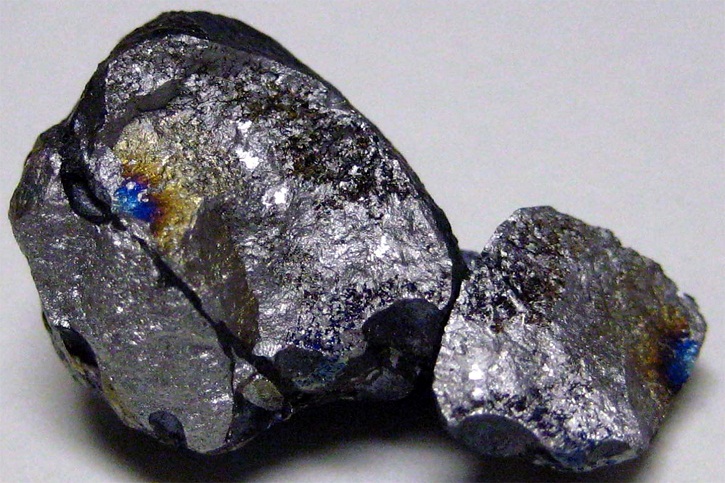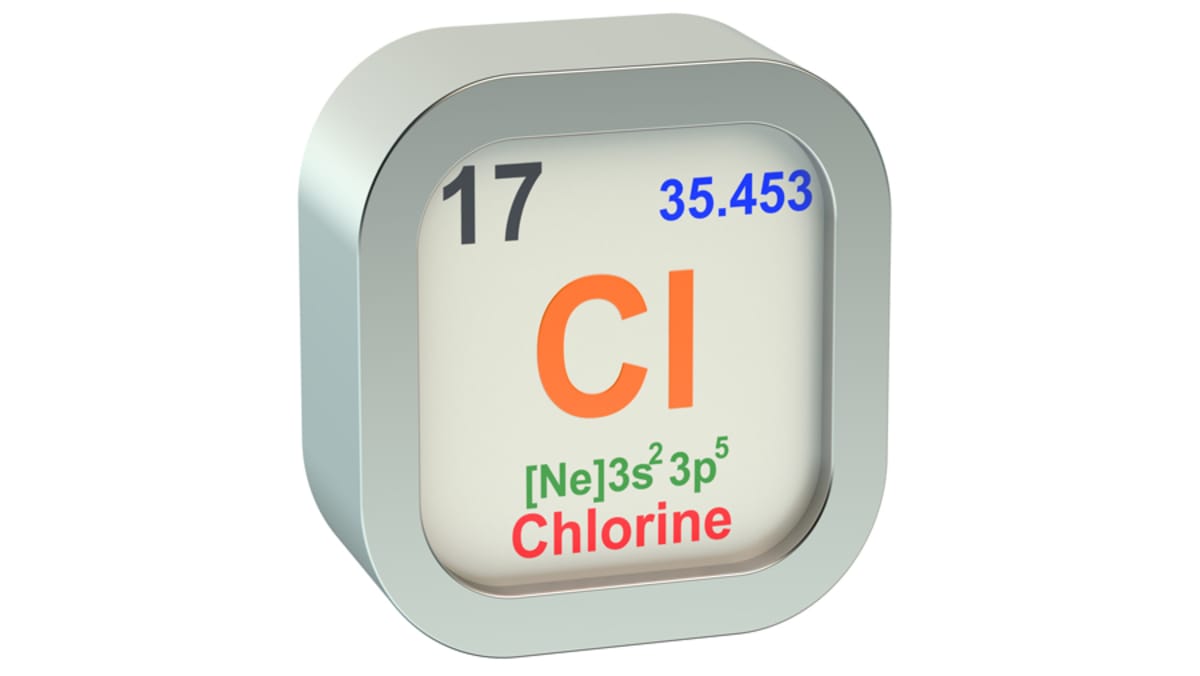


All of these completely meet the selection rules of potentially high-performance thermoelectric materials 36. Surprisingly, similar to SnS and SnSe 30, 31, 32, 33, PbSnS 2 is composed of low-cost elements, possesses the layered and orthorhombic crystal structure with Pnma space group, the wide bandgap ~0.9–1.12 eV, and the intrinsically low thermal conductivity 34, 35. By using Pb alloy at the Sn sites in SnS, another promising sulfide compound, PbSnS 2, was obtained to approach promising n-type thermoelectric performance. Meanwhile, researchers have concluded that the solid solubility of Pb element in SnS is slightly more than 50% 28, 29, and the solid solubility of Pb in Sn positions will significantly favor the effective electron doping in SnS 26. The remaining one glimmer of hope is that isovalent cation Pb alloying favors electron generation through suppressing Sn vacancies and forming interstitials Sn i and Pb i 26, 27. However, the electron carrier concentration obtained through the above approaches is far below the optimal carrier concentration level required for high-performance thermoelectric materials 25. To date, several attempts to realize n-type SnS have been conducted, including aliovalent cation doping (Nd, Sb and Bi) 17, 18, 19, deviating from stoichiometric ratio to compensate for Sn vacancies 20, and aliovalent anion doping (Cl and Br) 21, 22, 23, 24. However, the development of n-type SnS is far lagging behind due to the great difficulties and challenges on achieving effective electron doping to optimize the poor n-type electrical transports. Recently, the low cost and environmentally friendly p-type SnS has been greatly developed and a high average ZT of 1.25 was reported in SnS 0.91Se 0.09 crystals 16, mainly due to the synergistically optimization of carrier effective mass and mobility through dynamic valence bands interplay. Therefore, the development of similar-system and performance matched n-type and p-type thermoelectric materials is particularly important. The ideal thermoelectric devices for large-scale and high-efficiency applications prefer homojunction structures in order to avoid lattice mismatch incompatibility and harmful band misalignment. The potential of thermoelectric materials can be further motivated through applying these classical strategies synergistically.

Numerous strategies have emerged to boost thermoelectric performance after decades of efforts, including enhancing Seebeck coefficient through distortion of the density of states 4, band convergence 5, 6, 7 and electron energy barrier filtering 8, optimizing carrier concentration and maintaining high carrier mobility to improve electrical conductivity 9, 10, 11, 12, and designing all-scale hierarchical architectures to lower lattice thermal conductivity 13, 14, 15. The efficiency of thermoelectric devices depends on the material’s dimensionless figure of merit, ZT = S 2 σT/( κ lat + κ ele), where S, σ, S 2 σ, T, κ lat and κ ele represent Seebeck coefficient, electrical conductivity, power factor, absolute temperature, lattice thermal conductivity and electronic thermal conductivity, respectively. Thus, thermoelectric materials have gained increasing attention because they provide an alternative way of energy utilization by realizing the direct and reversible conversion between heat and electricity 1, 2, 3. The thorny problems of energy shortage and environmental pollution have been challenging the sustainable development. Our study develops a n-type sulfide PbSnS 2 with high performance, which is a potential candidate to match the excellent p-type SnS. Moreover, a maximum power generation efficiency of ~2.7% can be acquired in a single-leg device. Besides, the electron doping stabilizes the phase of PbSnS 2 and the complex-crystal-structure induced strong anharmonicity results in ultralow lattice thermal conductivity.

Combining the optimized carrier concentration by Cl doping and enlarged Seebeck coefficient through activating multiple conduction bands evolutions with temperature, favorable power factors are maintained. Herein, n-type sulfide PbSnS 2 with isostructural to SnS is obtained through Pb alloying and achieves a maximum ZT of ~1.2 and an average ZT of ~0.75 within 300–773 K, which originates from enhanced power factor and intrinsically ultralow thermal conductivity. Great progress has been achieved in p-type SnS thermoelectric compound recently, while the stagnation of the n-type counterpart hinders the construction of thermoelectric devices.


 0 kommentar(er)
0 kommentar(er)
